Reasons Behind the Collision of Cargo Vessels MSC Chitra and Khalijia
The August of 2010 saw the collision of two cargo ships MSC Chitra and MV Khalijia off the Mumbai coast. The collision resulted into spilling of containers and oil along the full coastline. MSC Chitra, which was carrying 1219 containers, 2662 tons of fuel, 283 tons of diesel, and 88040 litres of lubricating oil, capsized and sank into the sea, creating maximum damage to the area.
Several questions were raised and many assumptions were made while deciphering the real reason behind the collision. In this article, Adelbert Pereira, Chief Officer from Mumbai, lists down the probable factors behind the untoward collision, which could have been easily averted.
The main reasons behind the collision of MSC Chitra anc Khalijia :
Reason 1 : Non compliance of Rules of the Road (ROR) or Navigational rules
1) As per rule 9d, vessel should not cross a narrow channel or fairway if such a crossing impedes the safe passing of the vessel that can safely navigate within a narrow channel or fairway.
– M/V Khalija should have waited until MSC Chitra was out of the channel. Moreover, MSC Chitra should have sounded the wake-up call of 5 short and rapid blasts.
2) As per rule 9a, vessel using a narrow channel or fairway shall leap near to the outer limit of channel or fairway that lies to her starboard side is as safe as practicable.
– M/V Khalijia for some inexplicable reason altered course and wanted to go to port reasons. The reasons for these could be steering failure, wrong applications of rules, misjudging the maneuvering characteristics of the vessel, confusion due to close proximity, and lack of experience.
3) The prevailing ROR situation also demanded application of rule 2 b
Rule 2 states that no one should rely on the rules alone to keep them out of danger
You must obey the rules, but if you’re getting into a CQS then you may disobey the rules so as to minimize damage to your ship.
– After MSC Chitra saw Khalijia taking a wrong action of going to port she should have taken adequate evasive action. The inability to take action shows lack of good seamanship. Moreover, there was also no use of sound signalling apparatus.
4) Non observance of rule no.5 -look out
– Both ships failed to maintain an efficient look out
5) Non observance of safe speed rule no.6
– As both vessels were entering / exiting the channel they should have proceeded at a safe speed.
Reason 2 : Contraventions of Merchant Shipping Act (MSA) section 285
Section 285 states that Indian government shall make rules & regulations and same is to be followed by Indian as well as foreign flagged ships. Inability to follow this was also one of the prime reasons for the collision.
Reason 3 : SOLAS Chapter 5 was not complied with
1) As per Regulation 34, master of the ship is to ensure that the passage plan is to be followed using appropriate charts & publications. Both the ships involved in the collision did not follow the passage plan and deviated from the same.
2) As per Regulation 11, master is to keep in close contact with the Vessel Traffic Information Management System(VTIMS) and SRS.
– Masters of both the vessels did not call the VTIMS for information or heed to their calls.
3) As per Reg 34-1, masters over riding authority should have been used
– Master of Khalijia should have requested port authorities for tugs assistance as well as pilot to board at the anchorage as she had already run aground on the 18th of July 2010.
If you liked this article, you may also like to read- The GrandCamp Ship Explosion: Deadliest Disaster Ever & Reasons for Capsizing of a Ship
Do you have info to share with us ? Suggest a correction
About Author
Marine Insight News Network is a premier source for up-to-date, comprehensive, and insightful coverage of the maritime industry. Dedicated to offering the latest news, trends, and analyses in shipping, marine technology, regulations, and global maritime affairs, Marine Insight News Network prides itself on delivering accurate, engaging, and relevant information.

About Author
Marine Insight News Network is a premier source for up-to-date, comprehensive, and insightful coverage of the maritime industry. Dedicated to offering the latest news, trends, and analyses in shipping, marine technology, regulations, and global maritime affairs, Marine Insight News Network prides itself on delivering accurate, engaging, and relevant information.
- Real Life Incident: Vessel Collision in Good Visibility
- Real Life Incident: Severe Injury To Deck Crew While Leaving Berth
- Real Life Incident: Departure Damage in Very Restricted Waterway
- Real Life Incident: Low Situational Awareness Has High Impact Consequence
- Real Life Incident: Fouled Anchor in a Designated Anchorage
- Real Life Incident: Fire On Barge Carrying Scrap Metal Causes $7 Million Worth Of Damage
Latest Case studies Articles You Would Like:
Subscribe To Our Newsletters
By subscribing, you agree to our Privacy Policy and may receive occasional deal communications; you can unsubscribe anytime.




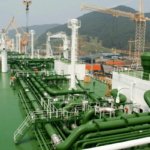
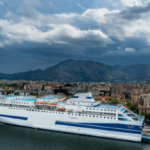
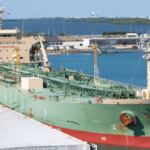
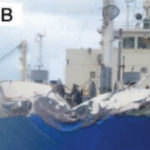
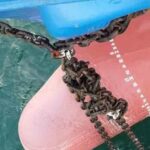
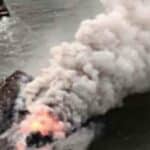
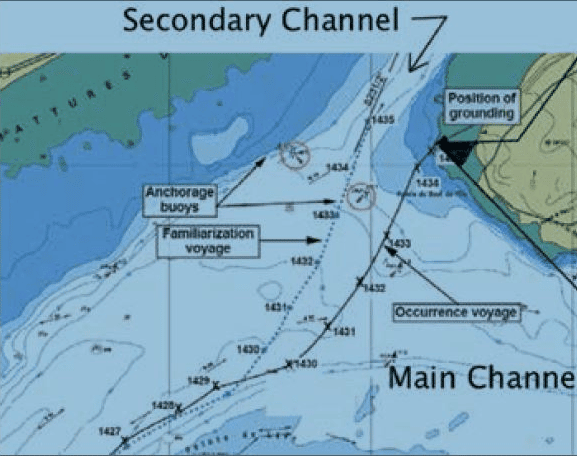
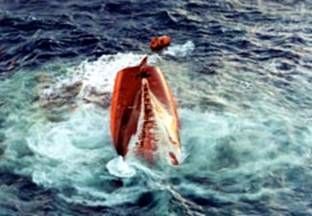

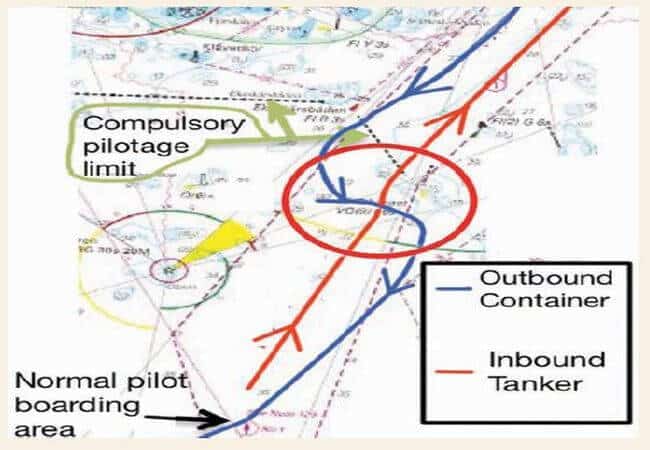
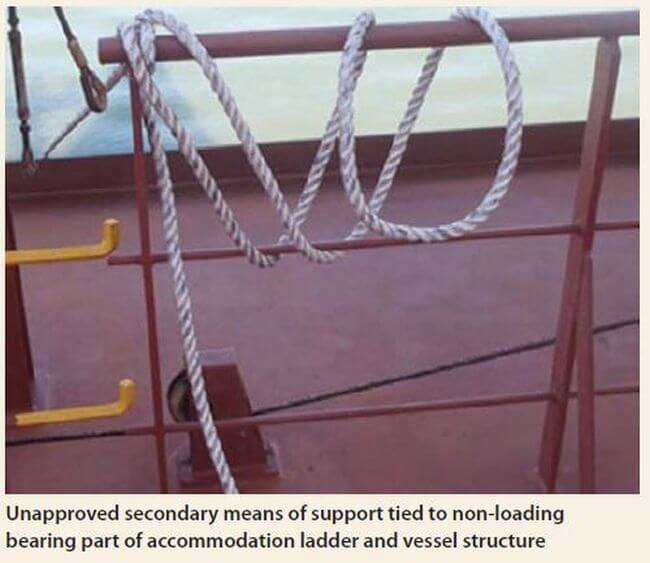
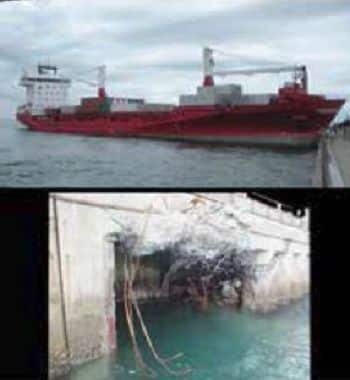
Having followed the story closely as I was in Mumbai when the accident happened I think many mistakes compounded the accident.
1. Inadequate look out as pointed out in the article;
2. Poor seamanship as Khalijia was already once grounded and supposedly in technically unsound condition;
3. Khalijia should not have been allowed entry into the channel when Chitra was exiting it and Master of Khalijia should have known better to attempt CQ with a technically unsound vessel;
4. After having seen the plotted tracks of both vessels I suspect the rudder of Khalijia failed and went hard to port thus crossing the bow of Chitra;
5. When Chitra saw this happening they should have taken immediate evasive action and not try any radio navigation, or at least done both at same time if the bridge manning so allowed.
6. The pilot should not have disembarked when he knew there was a possible CQ situation looming.
one request sir what was lat and long of the collision?and wreck position of the msc chitra
plz sir. it would be very greatfull reply early sir.